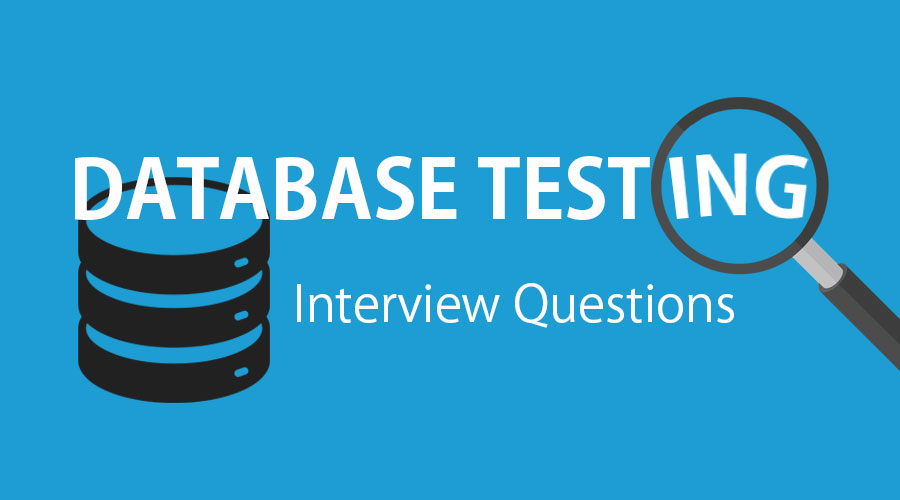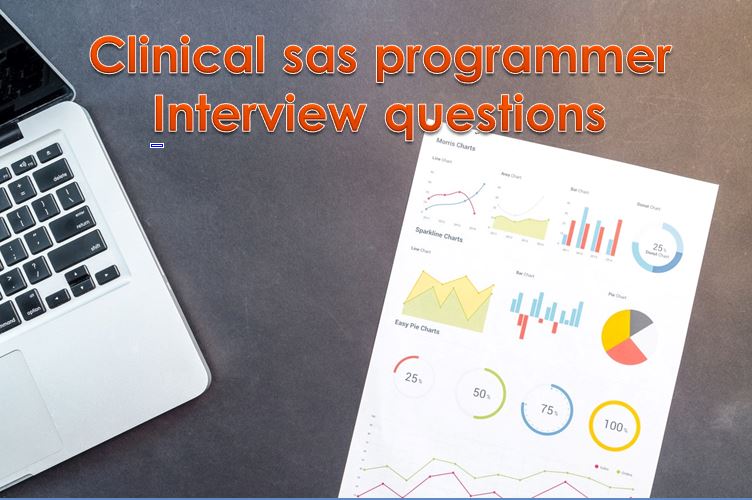
For example, if you have a macro variable named "var_name," you would refer to it as "&var_name". Macro variables in SAS are identified by the ampersand (&) sign followed by the variable name. You enclose the macro variable name in quotation marks and provide the value you want to assign. The general syntax is:ĬALL SYMPUT('macro-variable-name', value) This routine assigns a value from a data step to a macro variable. You can create a macro variable within a data step using the "CALL SYMPUT" routine. How can you create a macro variable within a data step? The semicolon at the end is optional but generally included for clarity.

For example, if you have a macro named "macro_name," you would invoke it as "%macro_name ". To invoke a macro, you need to add the percent sign (%) prefix to its name. I have used macros primarily for creating analysis datasets and tables where it is necessary to make repetitive code changes throughout the program or reuse code segments. Yes, I have used macros extensively in my SAS programming projects. Have you used macros? For what purpose have you used them? In this blog post, we will delve into common interview questions related to SAS macros and provide comprehensive answers to help you gain a deeper understanding of their usage. They allow users to create reusable code segments and make programming more efficient.


Most Frequently Asked SAS Interview Questions

Before we move to the SAS Interview questions, Let us understand What is SAS? SAS is a Statistical software suite used for data management, advanced analytics, business intelligence, multivariate analysis, predictive analytics and criminal investigation. These questions will help you to clear your SAS interview. We provide you with the top 50 frequently asked SAS Interview Questions, dividing them 3 levels: Beginners level, Intermediate Level, Advanced level. HKR Trainings will help you in your preparation to crack SAS interviews. No matter if you are a fresher or experienced. If you want to build your career in the domain of SAS, you are on the right platform.


 0 kommentar(er)
0 kommentar(er)
